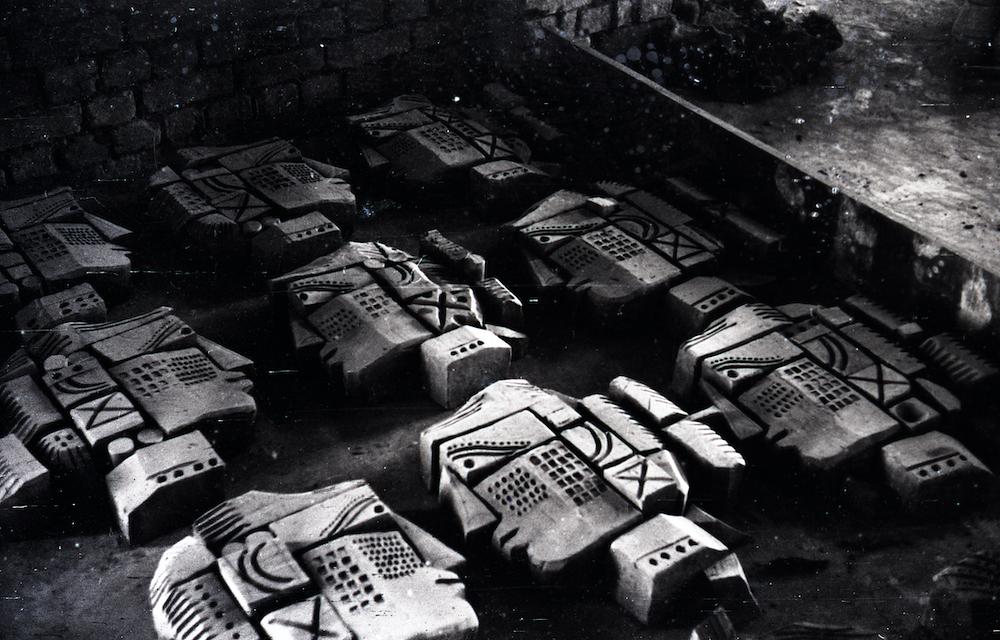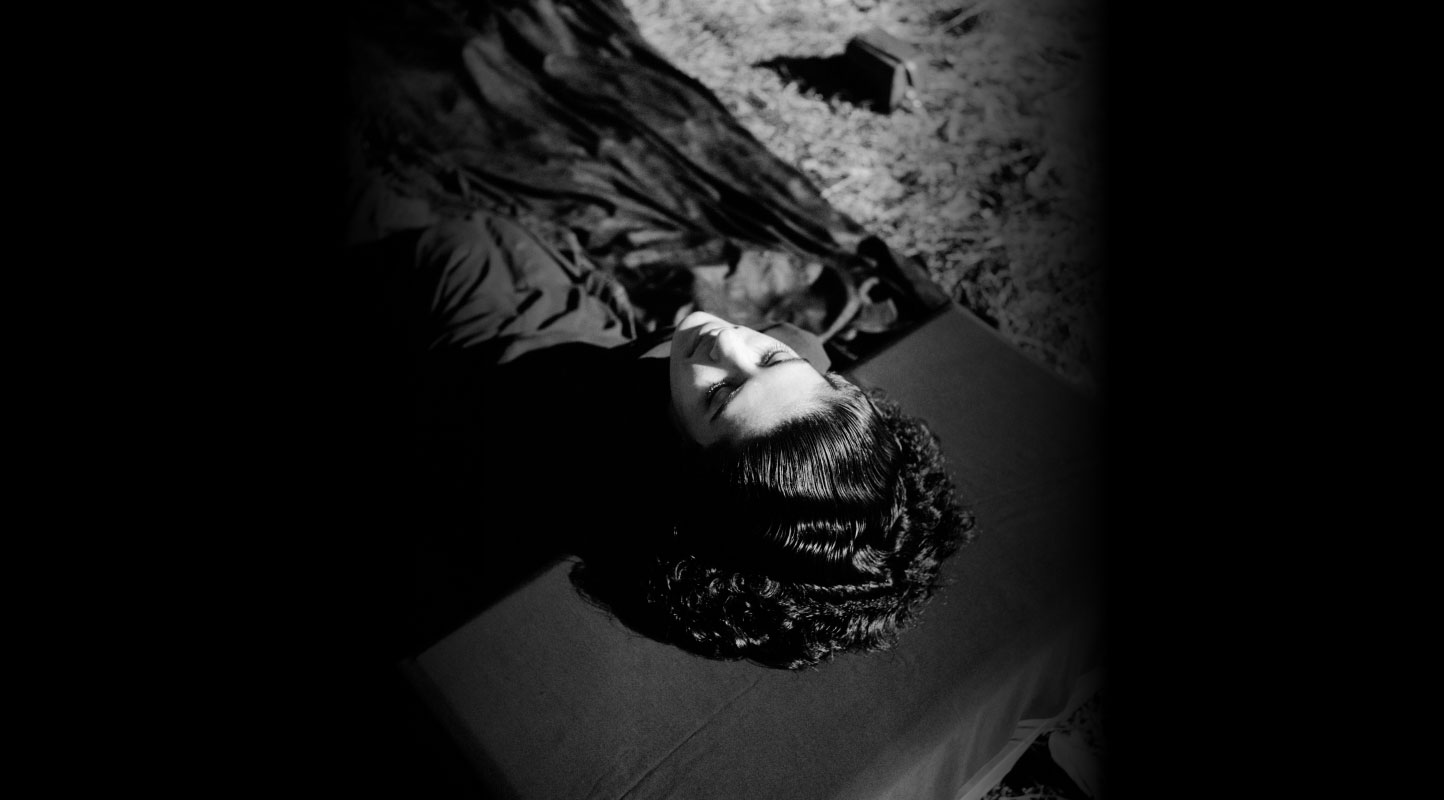Dramatic Documentation: Photographs of KG Subramanyan’s Outdoor Murals
How can a two-dimensional photograph capture the intensity of a site-specific mural, and render its textures and spatiality? The photo-documentation of artist and art-educator KG Subramanyan’s outdoor murals, digitised and accessible in his personal archive as part of the Asia Art Archive, appear to be attempts at exhibiting monumentality as well as precise details through a play of natural light and shadow (an almost chiaroscuro-like effect). A number of these were shot by his student, artist Jyoti Bhatt, who is a renowned photographer and supported Subramanyan in some of his murals. However, even in the art-work documentation where the photographer is not named or known, there is a clear manner in which the photograph has been framed, timed and imaged to represent the scale and the nature of the murals as they interact with the landscape in the outdoors. This album presents a selection of Subramanyan’s outdoor murals with a suggestion that documentary photographs themselves—in their almost cinematic choreography—create something layered and anew. They serve as a reminder that photo-documents of artwork are not simply mediums of access, but hold immense potential for imaginative and carefully considered interventions.
Subramanyan was an eminent artist, writer, pedagogue and institution builder. He completed his studies in Santiniketan in the 1940s, and moved to Vadodara in 1951, where he became one of the instrumental figures that shaped the newly emerging Faculty of Fine Arts at the Maharaja Sayajirao University. Subramanyan’s archive puts across the varied aspects of his manifold artistic practice, which included paintings, outdoor murals, terracotta and toys; his extensive writings and lecture manuscripts on envisioning modern art in India; as well as his correspondences with different members of the field and institutional and government bodies. His work was a complex negotiation of historical art forms, craft and modernist idioms; where he consciously foregrounded an artistic vocabulary that sought inspiration closer to home and through practices that already pervaded his surroundings.
The photo-documents of his outdoor murals also contain a number of images of murals-in-process, where we see that many of these were made in collaboration with other artists such as Gyarsilal Varma. However, it is interesting that the photographs of the completed and installed murals are devoid of people, where the murals stand as monoliths, on their own, with a consciously constructed impression—I would argue—of a certain timelessness.
Art historian R. Siva Kumar, in his book, Enchantment and Engagement: The Murals of K.G. Subramanyan has written about this awareness of natural light that is not only part of the photographs of the artworks, but intentionally considered in the making of the murals themselves. Kumar writes on the Mastermoshai Studio mural, which is situated at the centre of Santiniketan's Kala Bhavana campus and was once the studio of artist Nandalal Bose (Subramanyan’s teacher):
“This mural is like a landscape seen under a changing light rather than a work of art in a museum seen under constant illuminations. To know it mindfully and feel it fully, it has to be seen through the hours of the day and through the seasons, and attention has to be paid to the perpetual changes, not to the perpetual constancies.”
All works by KG Subramanyan. Images courtesy of the KG Subramanyan Archive, Asia Art Archive.
Click on the image to view the album





